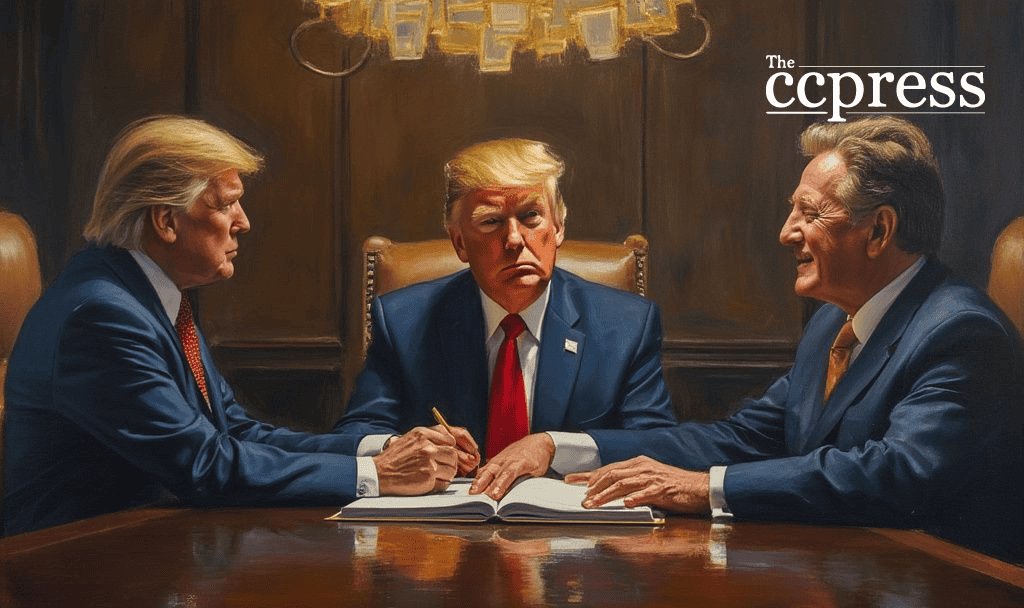- Main event shifts power in crypto space.
- Major leadership change with Trump involvement.
- Concerns emerge over potential regulatory impacts.

In a significant development, the Trump family obtained a 60% stake in World Liberty Financial, impacting current leadership and crypto market dynamics.
The acquisition signifies a potential shift in crypto regulations and market dynamics as political figures embrace the sector.
World Liberty Financial, initially spearheaded by DeFi entrepreneurs Zak Folkman and Chase Herro, has witnessed a leadership transformation. The Trump family now holds a significant stake, integrating their influence into the evolving crypto framework.
Leadership Changes
Donald Trump has been appointed as the “chief crypto advocate,” with his sons and allies assuming positions like “Web3 ambassadors.” This changeover reflects a broader engagement by the Trump lineage in crypto activities, moving away from its original founder setup.
The immediate effects of this acquisition include heightened discussions on potential conflicts of interest and deviations in regulatory attitudes. This scenario surfaces as unique due to its correlation with a political presence in the technology-driven crypto landscape.
“You’ve got the guy in charge who is responsible for his own regulation. WLFI tokens would be the perfect vehicle for governments or oligarchs overseas to funnel money to the president.” – Ross Delston, a former regulator
Financially, World Liberty Financial reportedly drew $550 million from token sales, with Trump-controlled interests expecting substantial proceeds. Determining how such political involvement may reshape regulatory landscapes is depicted in the Senate Banking Committee Markup Document, which is essential for industry stakeholders.
Industry experts believe that Trump’s engagement in crypto investment could catalyze fresh debates around regulatory frameworks. It remains critical to monitor how such ventures align with existing financial laws. New dynamics may prompt shifts in industry perceptions and broader market strategies.
